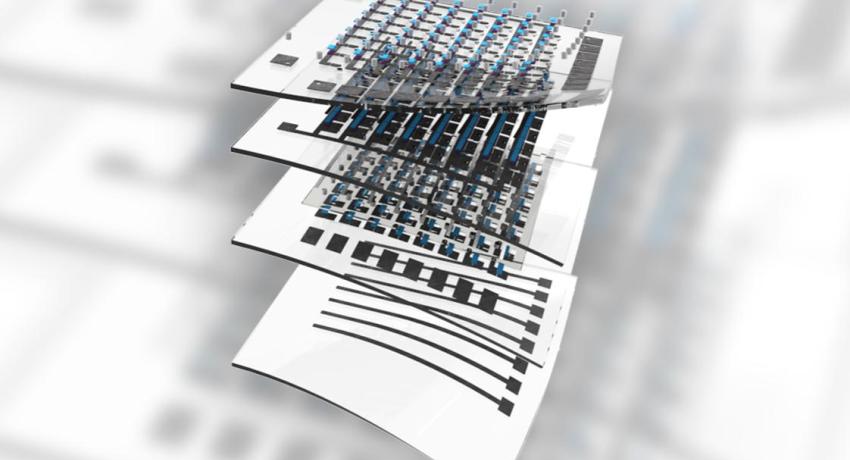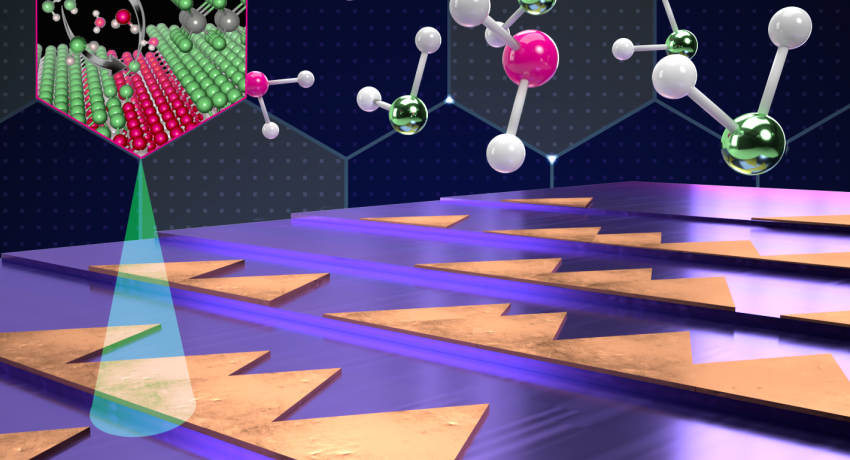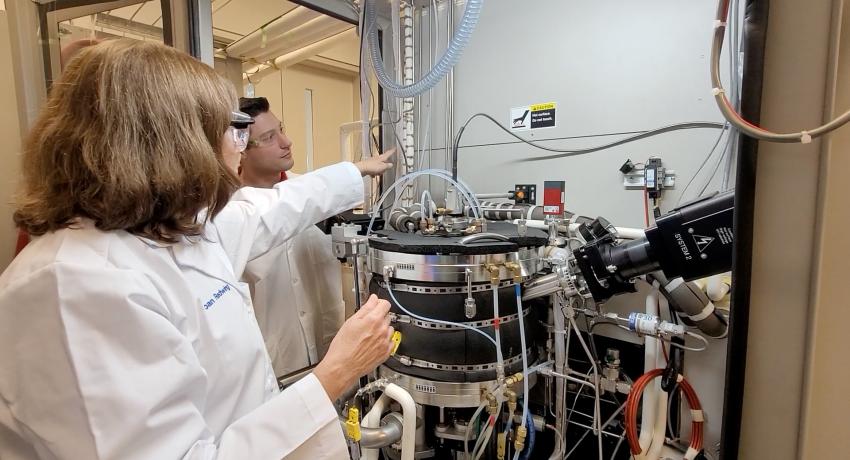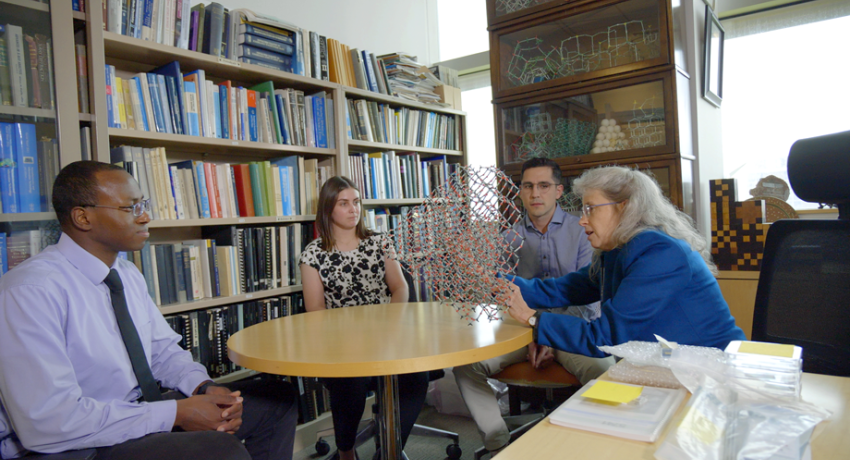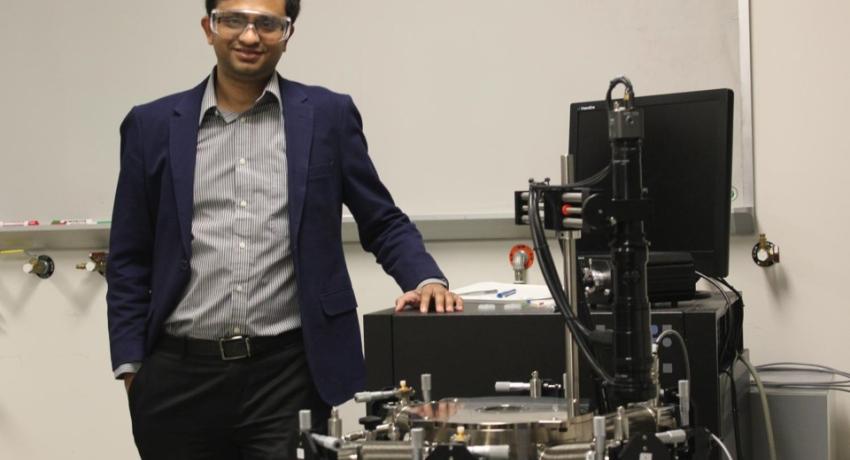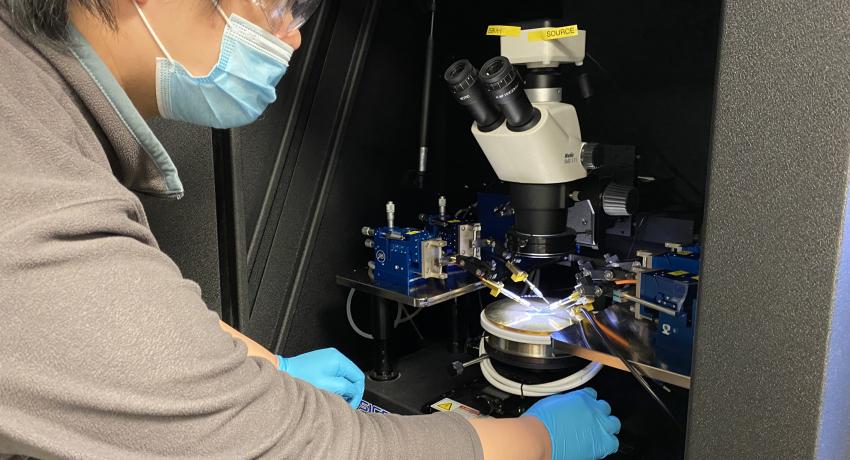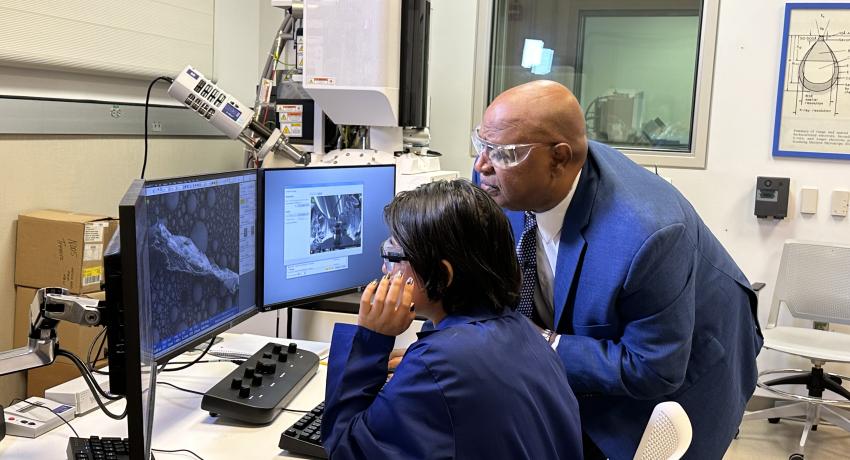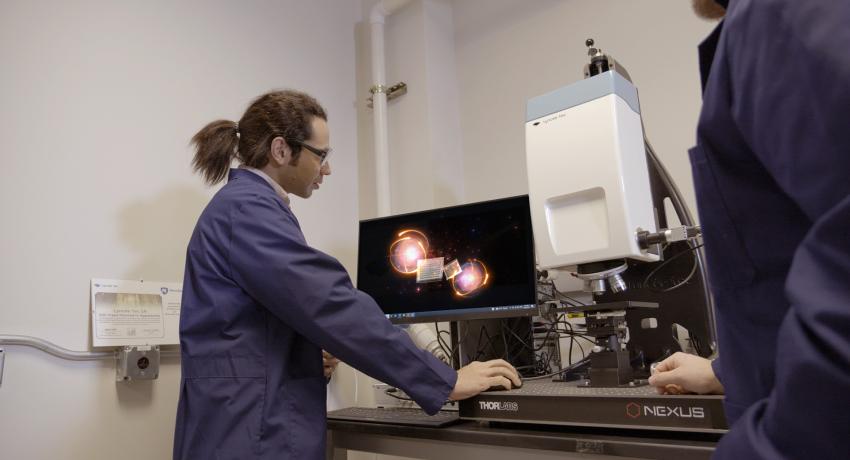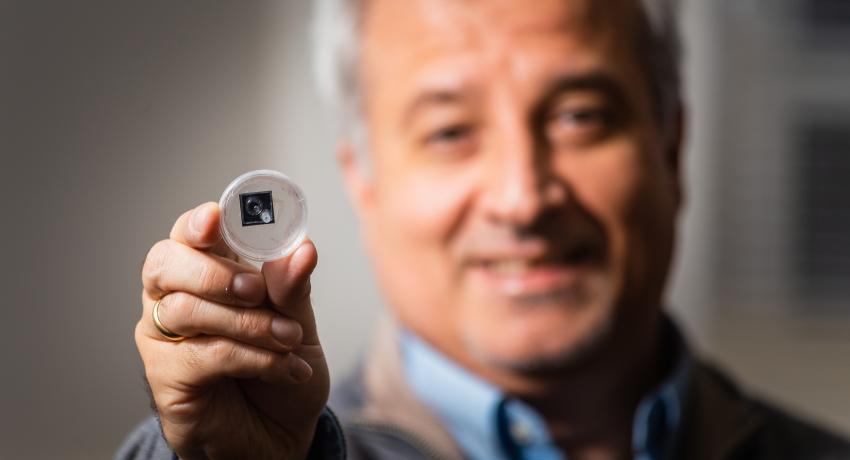Stretchy integrated electronics may be possible with sandwiched semiconductor
By Ashley WennersHerron
There’s a barrier preventing the advent of truly elastic electronic systems, the kind needed for advanced human-machine interfaces, artificial skins, smart health care and more, but a Penn State-led research team may have found a way to stretch around it.

